SNLS459A APRIL 2013 – October 2015 DS125RT410
PRODUCTION DATA.
- 1 Features
- 2 Applications
- 3 Description
- 4 Revision History
- 5 Pin Configuration and Functions
- 6 Specifications
-
7 Detailed Description
- 7.1 Overview
- 7.2 Functional Block Diagram
- 7.3 Feature Description
- 7.4
Device Functional Modes
- 7.4.1 SMBus Master Mode and SMBus Slave Mode
- 7.4.2 Address Lines <ADDR_[3:0]>
- 7.4.3 SDA and SDC
- 7.4.4
Standards-Based Modes
- 7.4.4.1 Ref_mode 3 Mode (Reference Clock Required)
- 7.4.4.2 False Lock Detector Setting
- 7.4.4.3 Reference Clock In
- 7.4.4.4 Reference Clock Out
- 7.4.4.5 Driver Output Voltage
- 7.4.4.6 Driver Output De-Emphasis
- 7.4.4.7 Driver Output Rise and Fall Time
- 7.4.4.8 INT
- 7.4.4.9 LOCK_3, LOCK_2, LOCK_1, and LOCK_0
- 7.5
Programming
- 7.5.1 SMBus Strap Observation
- 7.5.2 Device Revision and Device ID
- 7.5.3 Control/Shared Register Reset
- 7.5.4 Interrupt Channel Flag Bits
- 7.5.5 SMBus Master Mode Control Bits
- 7.5.6 Resetting Individual Channels of the Retimer
- 7.5.7 Interrupt Status
- 7.5.8 Overriding the CTLE Boost Setting
- 7.5.9 Overriding the VCO Search Values
- 7.5.10 Overriding the Output Multiplexer
- 7.5.11 Overriding the VCO Divider Selection
- 7.5.12 Using the PRBS Generator
- 7.5.13 Using the Internal Eye Opening Monitor
- 7.5.14 Enabling Slow Rise and Fall Time on the Output Driver
- 7.5.15 Inverting the Output Polarity
- 7.5.16 Overriding the Figure of Merit for Adaptation
- 7.5.17 Setting the Rate and Subrate for Lock Acquisition
- 7.5.18 Setting the Adaptation/Lock Mode
- 7.5.19 Initiating Adaptation
- 7.5.20 Setting the Reference Enable Mode
- 7.5.21 Overriding the CTLE Settings Used for CTLE Adaptation
- 7.5.22 Setting the Output Differential Voltage
- 7.5.23 Setting the Output De-Emphasis Setting
- 7.6 Register Maps
- 8 Application and Implementation
- 9 Power Supply Recommendations
- 10Layout
- 11Device and Documentation Support
- 12Mechanical, Packaging, and Orderable Information
Package Options
Mechanical Data (Package|Pins)
- RHS|48
Thermal pad, mechanical data (Package|Pins)
- RHS|48
Orderable Information
8 Application and Implementation
NOTE
Information in the following applications sections is not part of the TI component specification, and TI does not warrant its accuracy or completeness. TI’s customers are responsible for determining suitability of components for their purposes. Customers should validate and test their design implementation to confirm system functionality.
8.1 Application Information
The DS125RT410 is a 4-channel retimer that supports many different data rates and application spaces.
The following sections describe the typical use cases and common implementation practices.
8.2 Typical Application
Figure 6 shows a typical system implementation, where the DS125RT410 is used both on the backplane and port side.
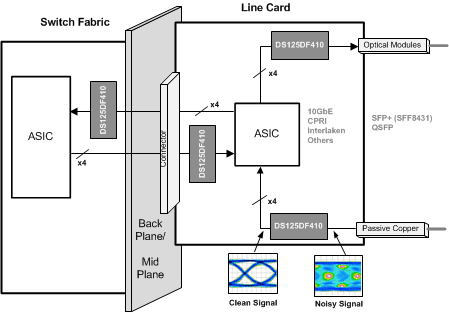 Figure 6. Typical Application Diagram
Figure 6. Typical Application Diagram
8.2.1 Design Requirements
This section lists some critical areas for high speed printed circuit board design consideration and study.
- Use 100-Ω differential impedance traces.
- Back-drill connector vias and signal vias to minimize stub length.
- Use reference plane vias to ensure a low inductance path for the return current.
- Place AC-coupling capacitors for the transmitter links near the receiver for that channel.
- The maximum body size for AC-coupling capacitors is 0402.
8.2.2 Detailed Design Procedure
To begin the design process, determine the following:
- Maximum power draw for PCB regulator selection: for this calculation, use the maximum transient power supply current specified in the data sheet. The lock time for each channel is typically very short, so this power calculation should not be used for the thermal simulations of the PCB.
- Maximum operational power for thermal calculations: for this calculation, use the Average Power Consumption value in Electrical Characteristics.
- Select a reference clock frequency and routing scheme.
- Plan out channel connectivity. Be sure to note any desired polarity inversion routing in the board schematics.
- Ensure that each device has a unique SMBus address if the control bus is shared with other devices or components.
- Use the IBIS-AMI model for simple channel simulations before PCB layout is complete.
8.2.3 Application Curves
Figure 7 shows a typical output eye diagram for the DS125RT410 operating at 12.5 Gbps with default VOD of 600 mVp-p and de-emphasis setting of –2 dB.
Figure 8 shows an example of TX de-emphasis for a DS125RT410 operating at 12.5 Gbps. In this example, the high speed output is configured for 600-mVp-p VOD and de-emphasis is set to –4.5 dB. An 8T pattern is used to evaluate the driver, which consists of 0xFF00.
Figure 9 shows a typical output eye diagram for the DS125RT410 operating at 10.3125 Gbps with default VOD of 600 mVp-p and de-emphasis setting of –2 dB.
Figure 10 shows an example of TX de-emphasis for a DS125RT410 operating at 10.3125 Gbps. In this example, the high speed output is configured for 600-mVp-p VOD and de-emphasis is set to –4.5 dB. An 8T pattern is used to evaluate the driver, which consists of 0xFF00.
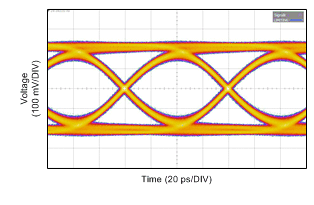 Figure 7. Typical Output Eye Diagram for the DS125RT410 Operating at 12.5 Gbps
Figure 7. Typical Output Eye Diagram for the DS125RT410 Operating at 12.5 Gbps
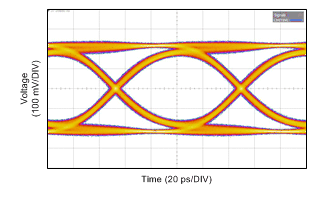 Figure 9. Typical Output Eye Diagram for the DS125RT410 Operating at 10.3125 Gbps With Default VOD of 600 mVp-p and De-emphasis Setting of –2 dB
Figure 9. Typical Output Eye Diagram for the DS125RT410 Operating at 10.3125 Gbps With Default VOD of 600 mVp-p and De-emphasis Setting of –2 dB
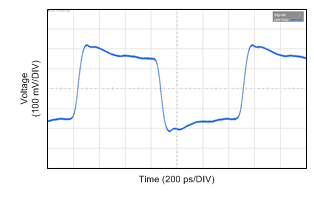 Figure 8. Example of TX De-emphasis for a DS125RT410 Operating at 12.5 Gbps
Figure 8. Example of TX De-emphasis for a DS125RT410 Operating at 12.5 Gbps
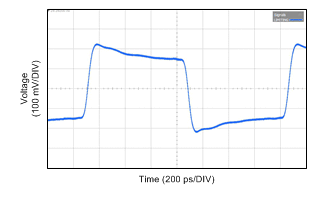 Figure 10. Example of TX De-emphasis for a DS125RT410 Operating at 10.3125 Gbps
Figure 10. Example of TX De-emphasis for a DS125RT410 Operating at 10.3125 Gbps